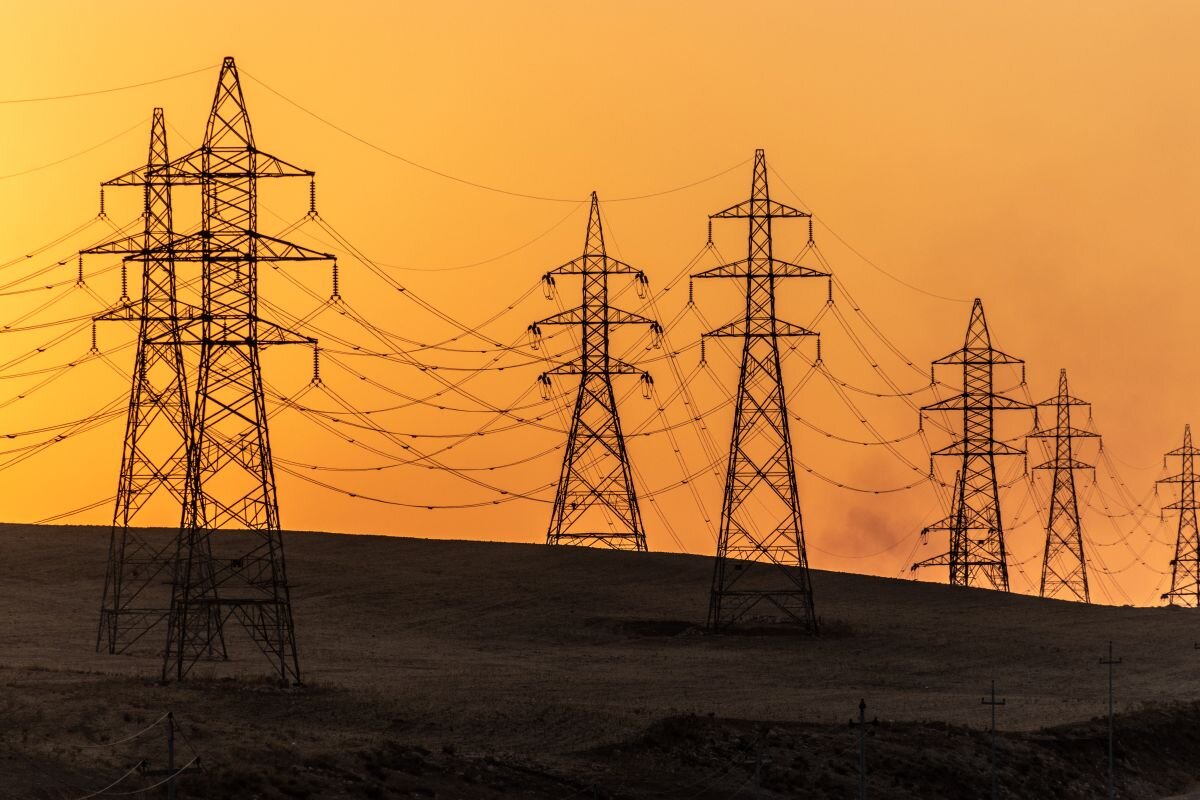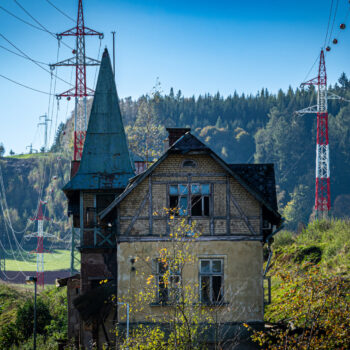Electrification of the EU economy offers major opportunities for affordability, competitiveness, energy security and climate action. Yet these benefits are at risk. Without stronger governance of grid planning and investment, Europe will struggle to build the resilient, smart and interconnected power system it needs.
This briefing sets out recommendations for EU and national policymakers on how to strengthen governance so that grid infrastructure can unlock a more affordable and competitive energy transition. These recommendations are built on analysis of Member State practice and recent reforms, and in view of upcoming initiatives such as the European Grids Package and Electrification Action Plan.
A decisive moment for Europe’s grids
The timing is critical. In 2024, wind and solar supplied nearly half of EU electricity for the first time. But electrification of the wider economy has stagnated, rising only 1–2 percentage points in two decades. Without rapid progress, the EU risks missing its target of electrifying 32% of final energy consumption by 2030.
Grid governance is at the heart of the challenge. Three times more renewable projects are stuck in connection queues than are needed to meet 2030 climate goals, while curtailment cost €7.2 billion across just seven Member States in 2024. Long waiting times for industrial users, limited transparency on grid capacity, and fragmented planning processes threaten both competitiveness and security.
Unlocking a future-fit power system: E3G’s recommendations
Better planning, stronger political leadership, and more effective oversight of decision-making can accelerate the roll out of Europe’s electricity grids and enable a competitive and affordable energy transition. To capture the benefits of electrification, the EU and Member States must act boldly:
- Demonstrate political leadership at EU level – strengthen governance of energy system planning, including options such as a new European Independent System Operator and Planner.
- Enhance financing and regional cooperation – harmonise regional structures, redesign cost-sharing for cross-border projects and complement EU funding with support for national infrastructure of EU-wide relevance.
- Complete the internal market at distribution level – accelerate digitalisation and flexibility, establish a European Grid Modernisation Lab, and harmonise flexibility markets.
- Improve transparency at national level – strengthen independent planning, empower regulators with climate-aligned mandates, and ensure national plans reflect renewable and electrification targets.
By aligning political vision with stronger governance and targeted investment, Europe can build the grids needed for a secure, affordable and competitive electrified future.


